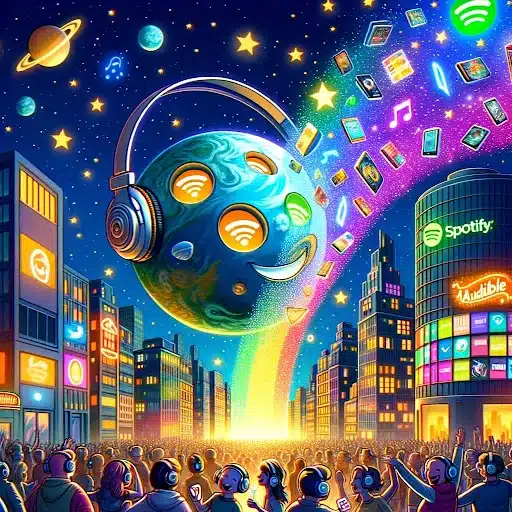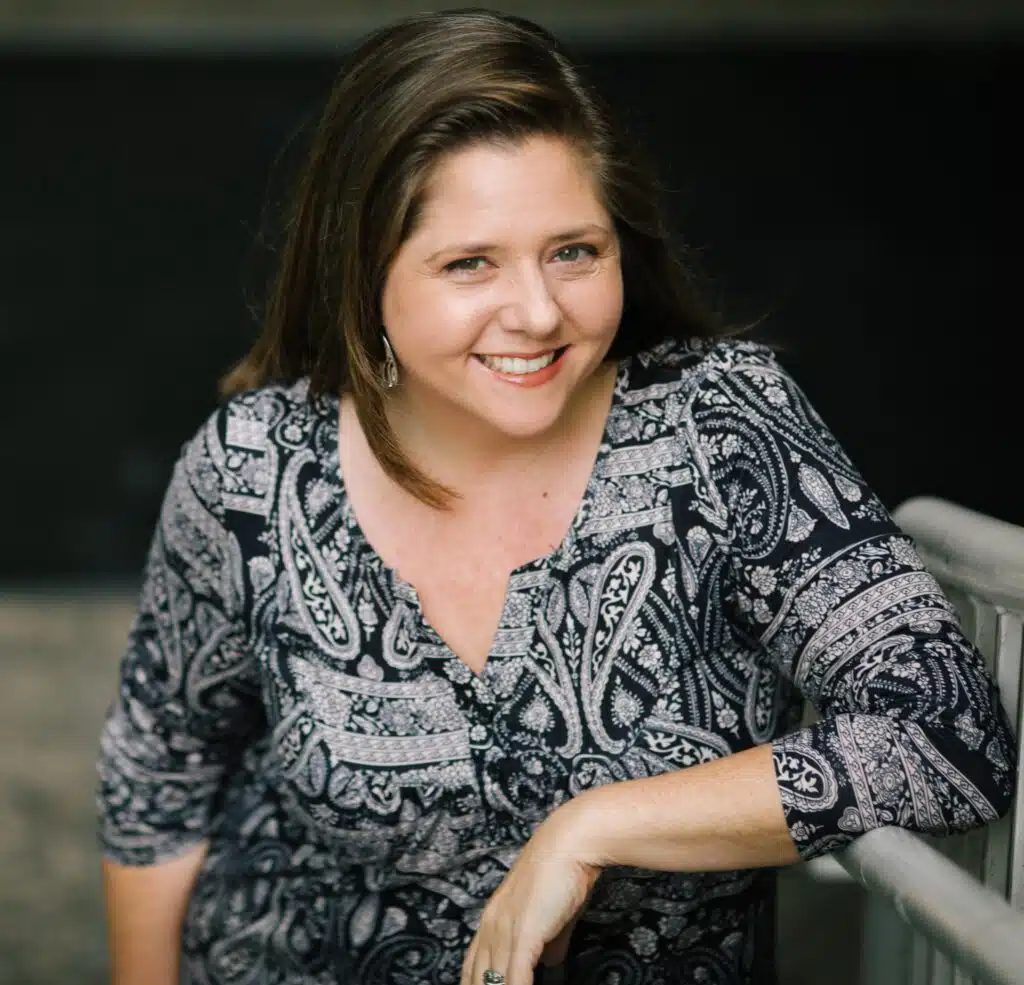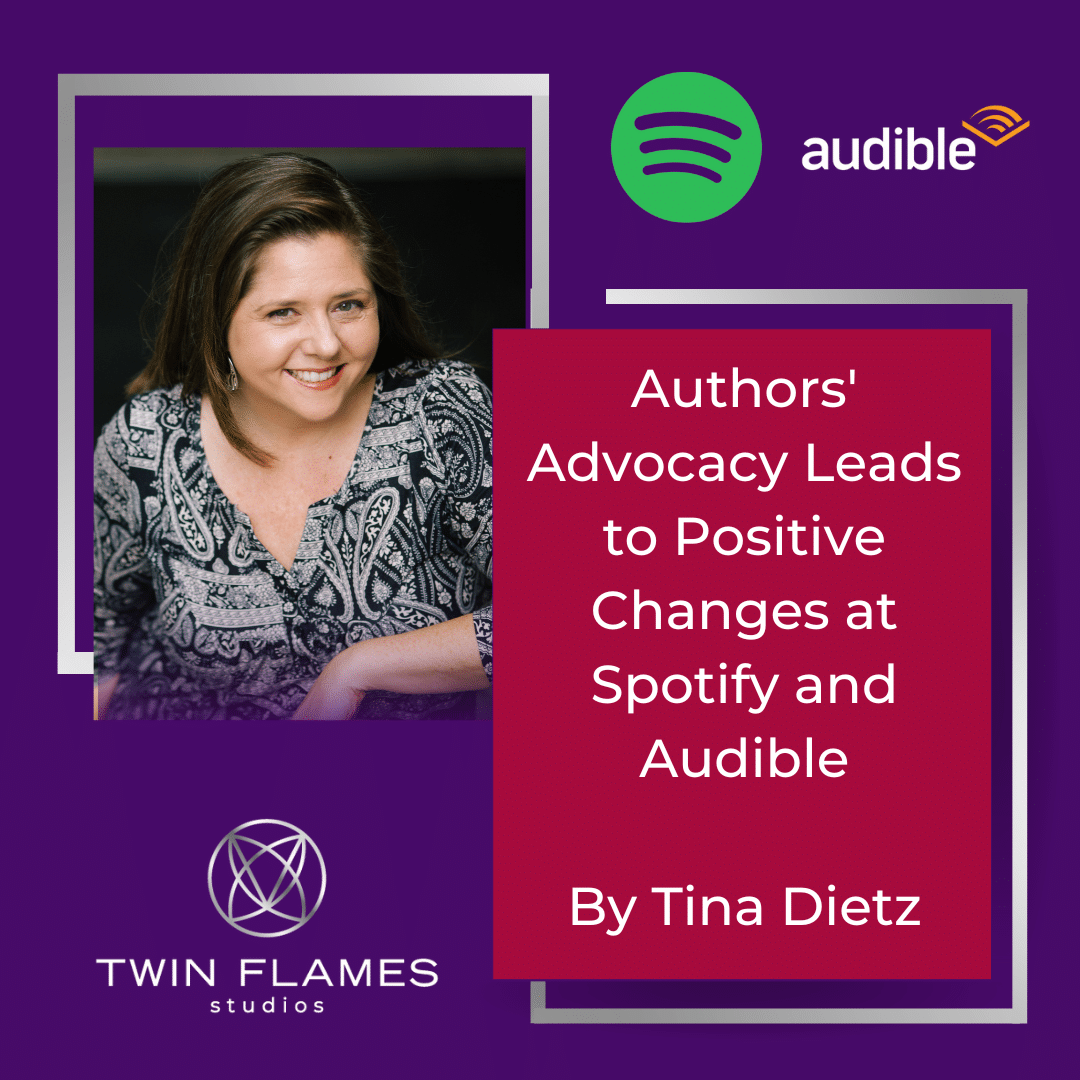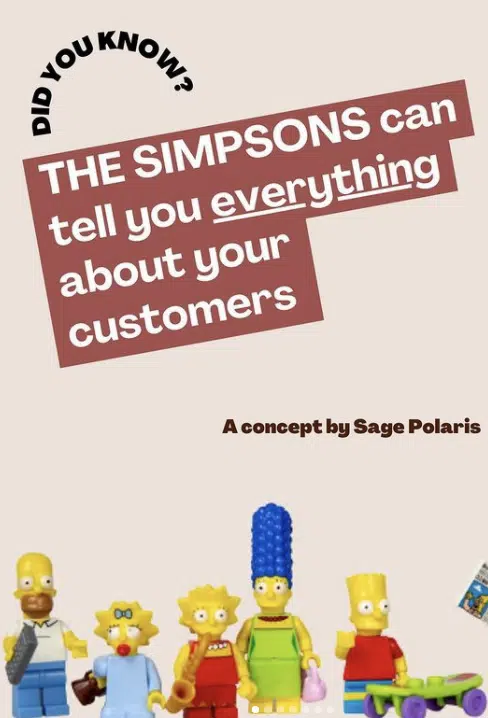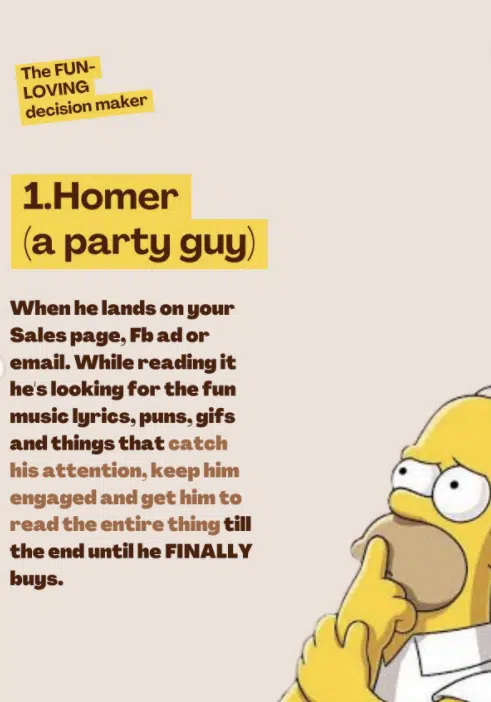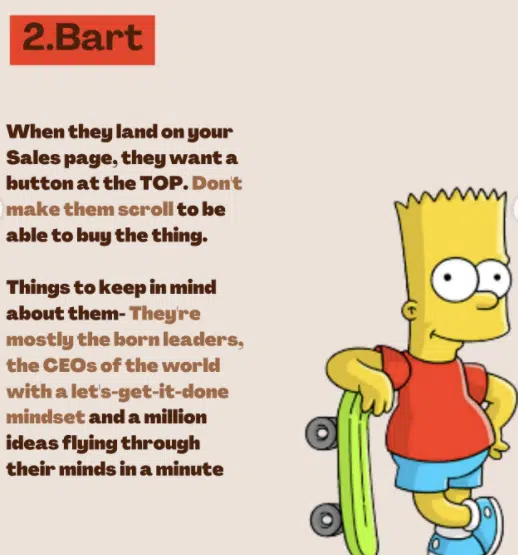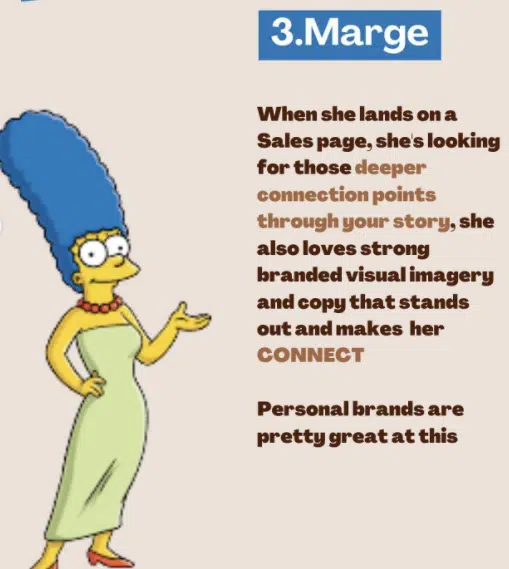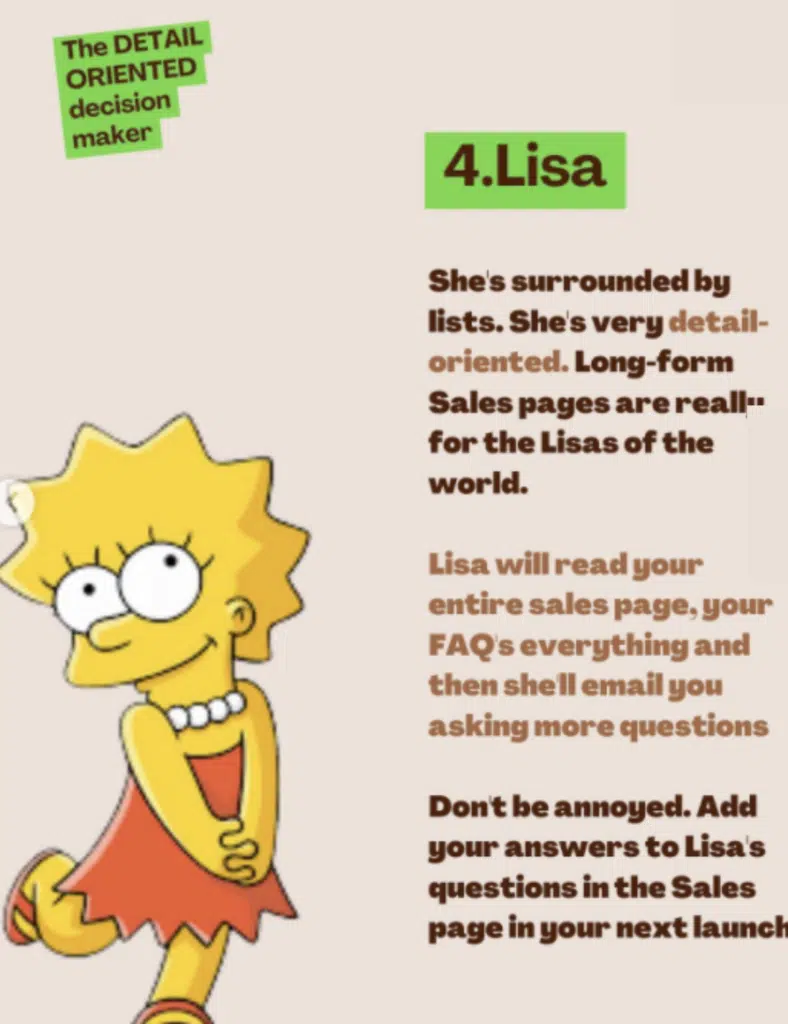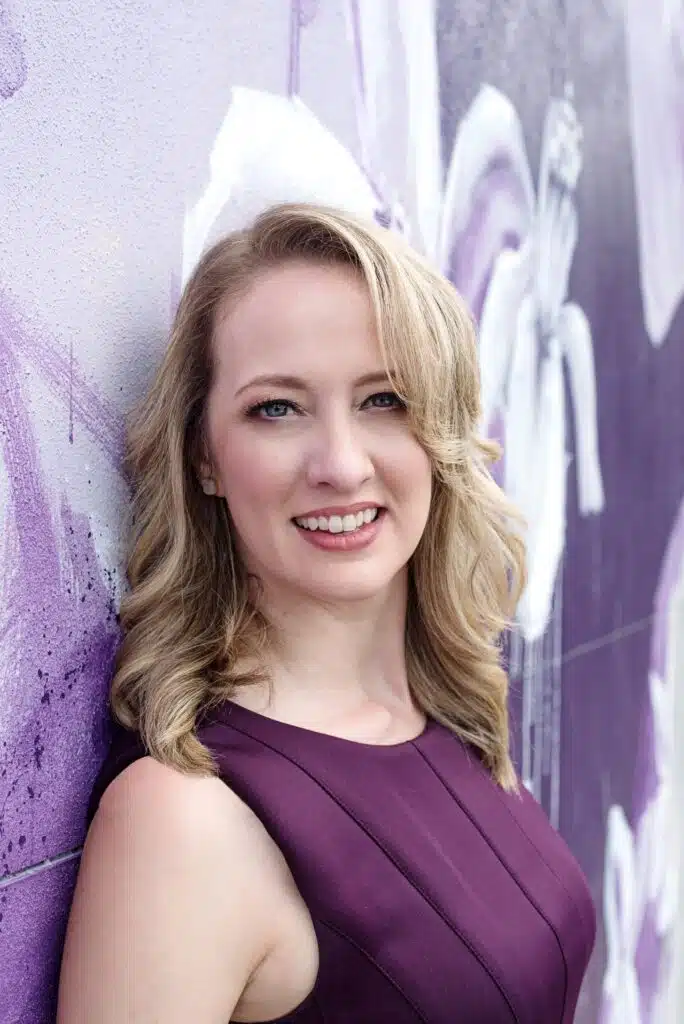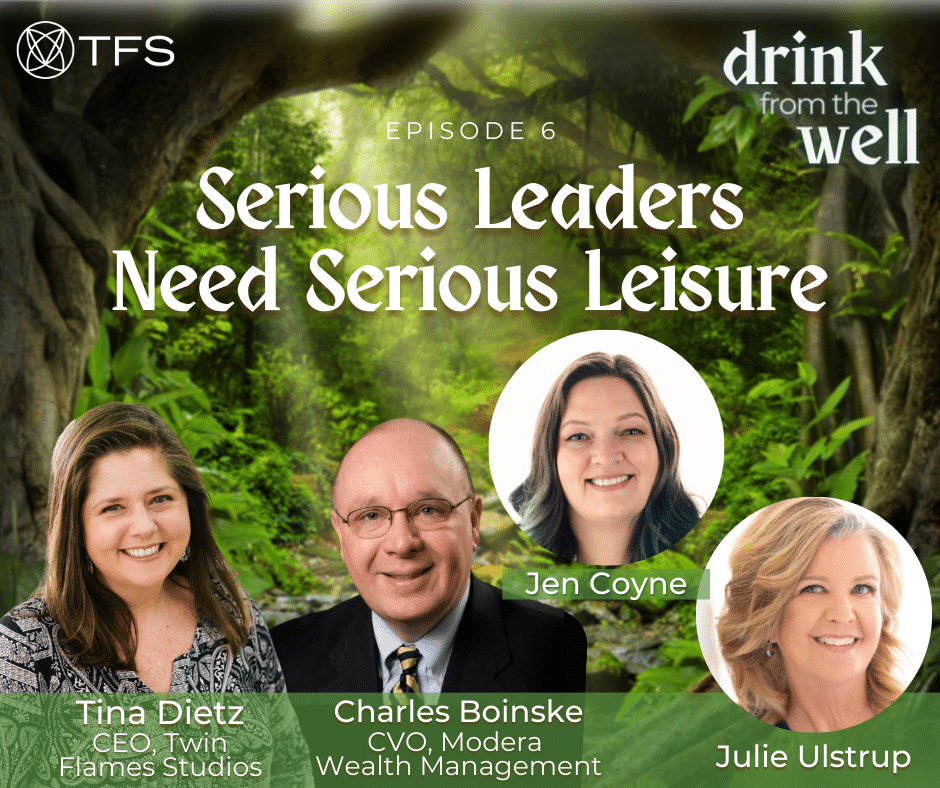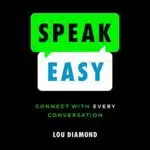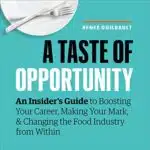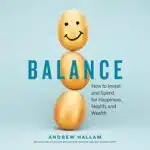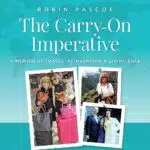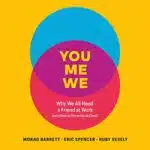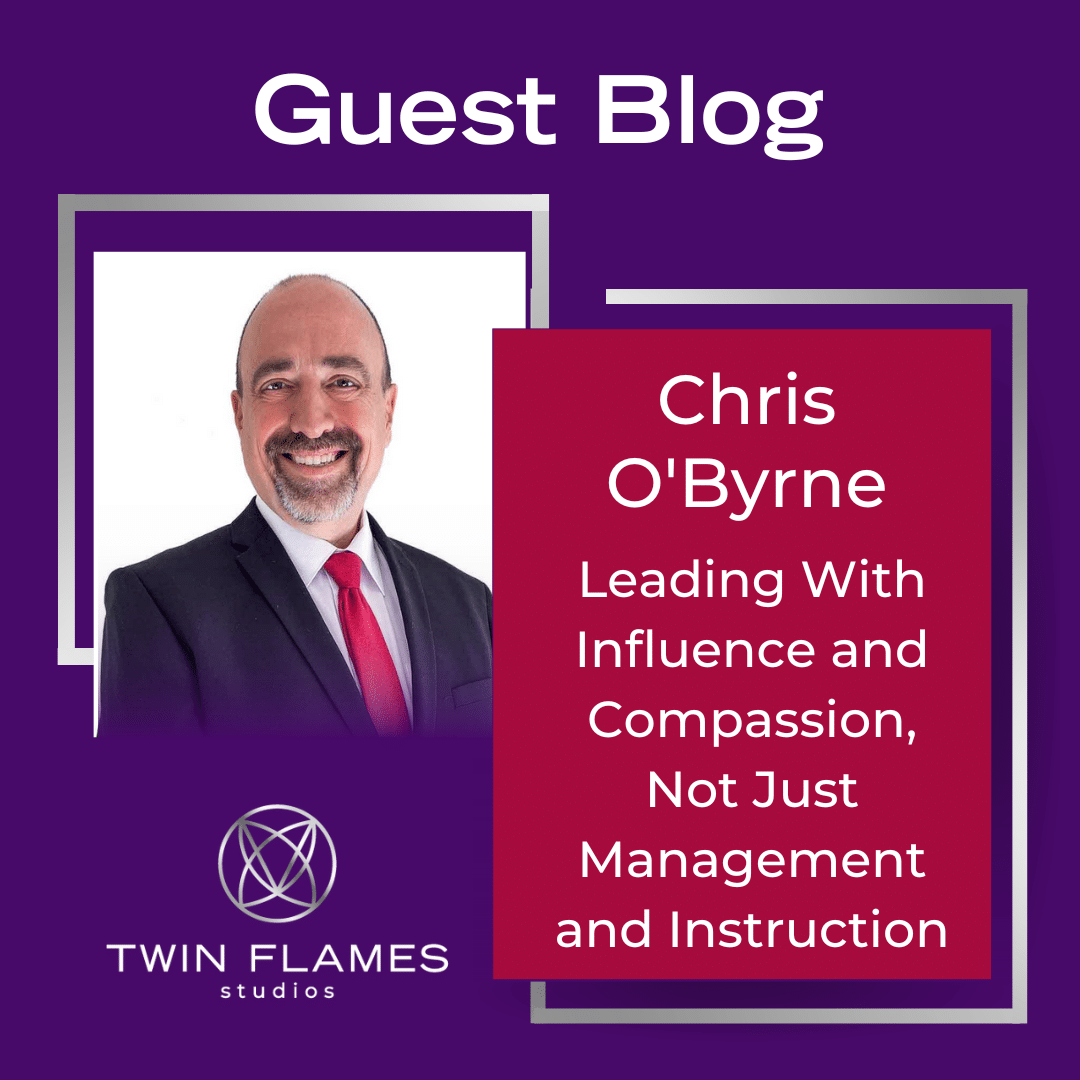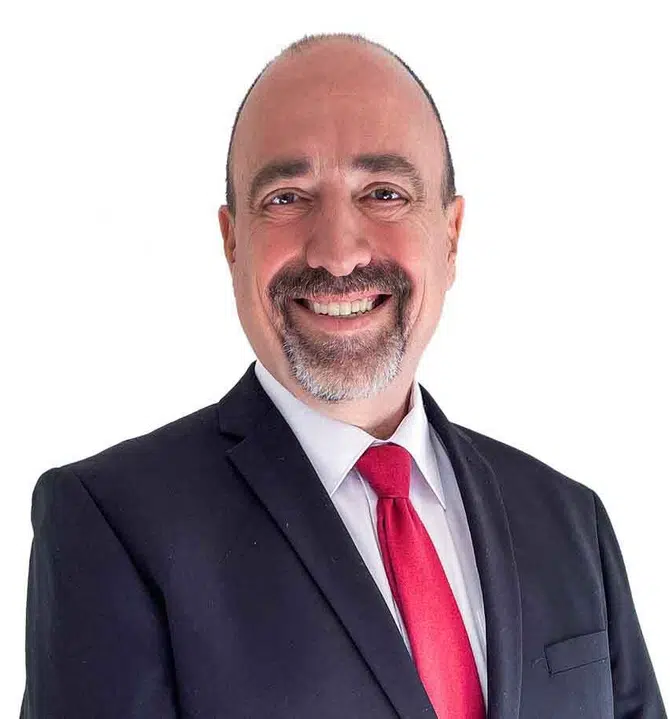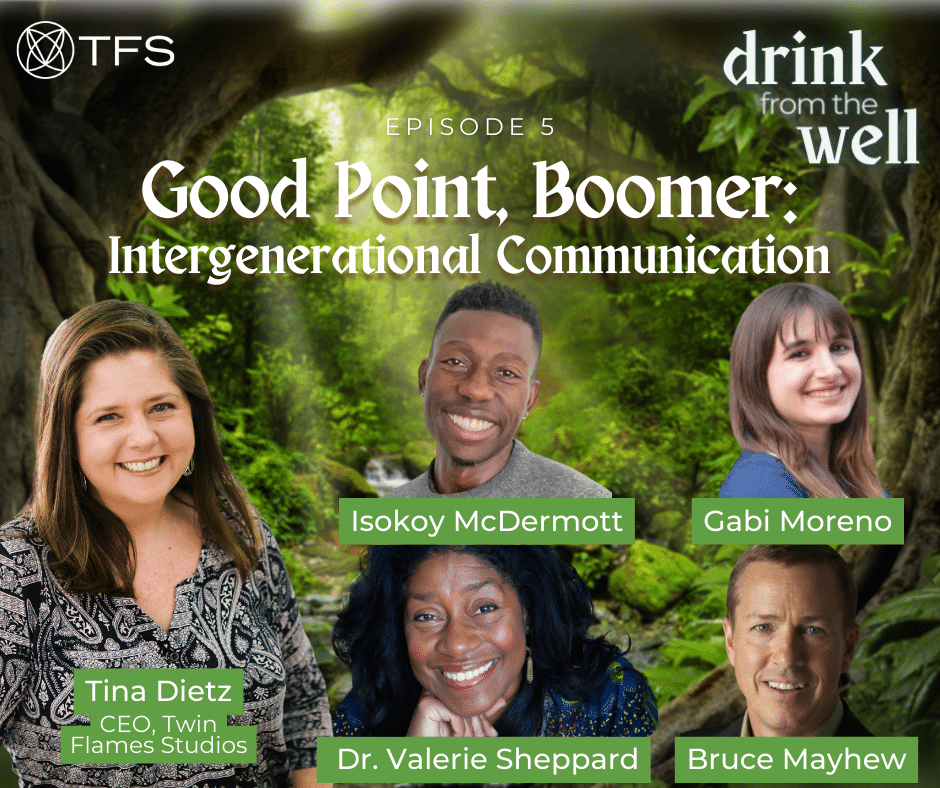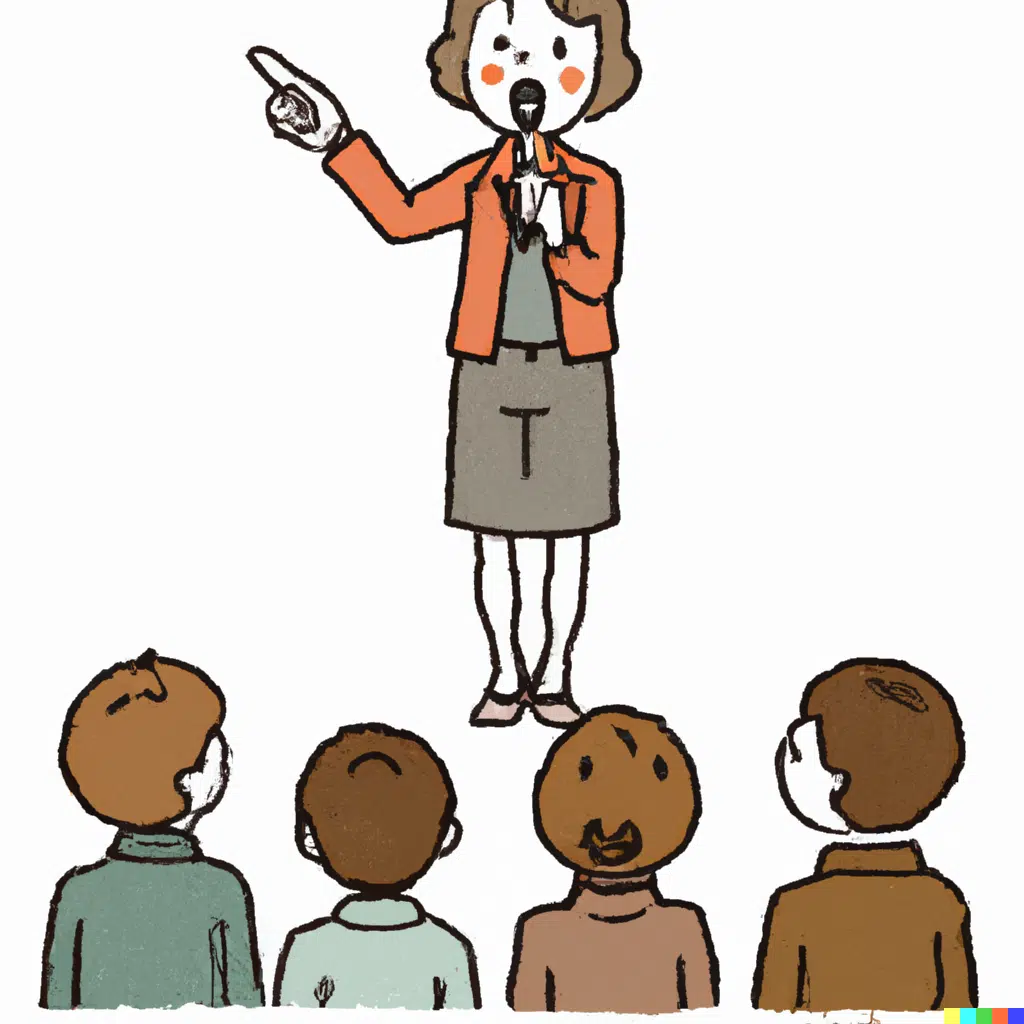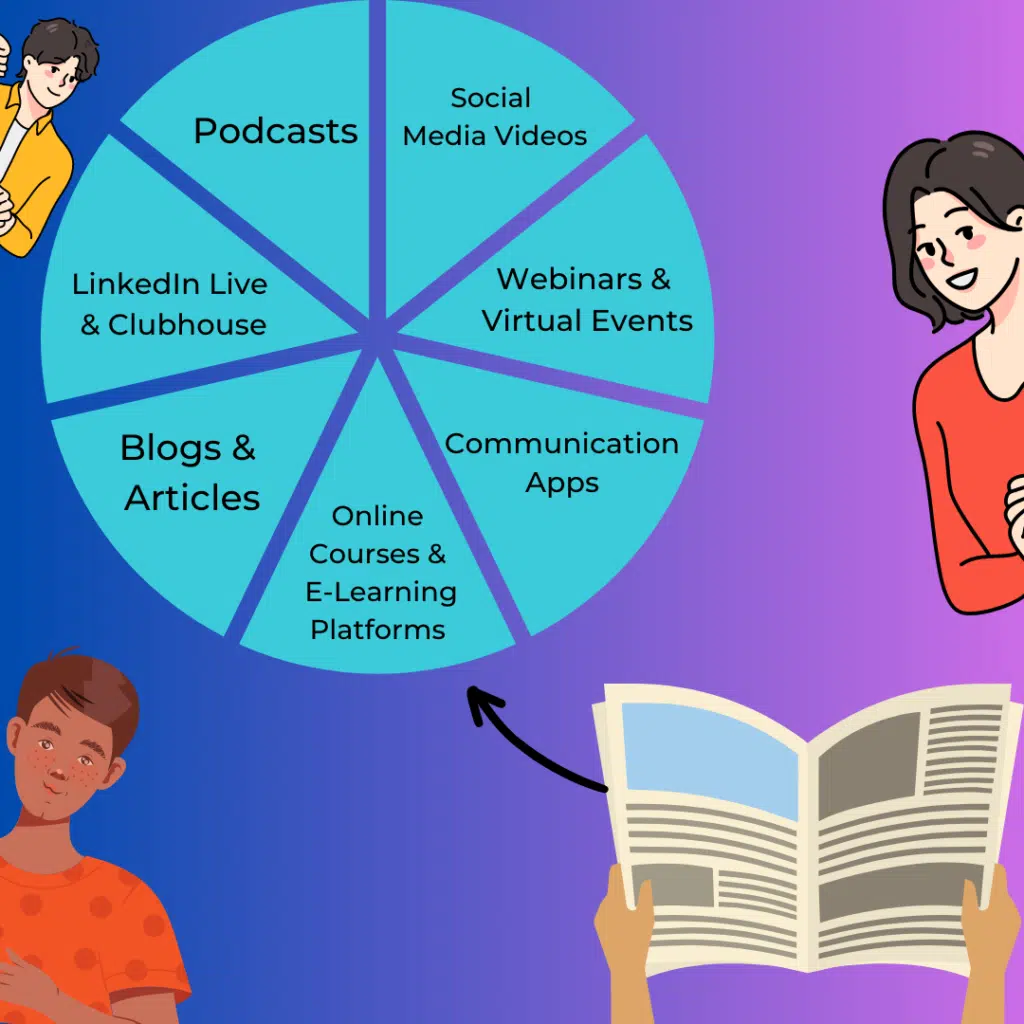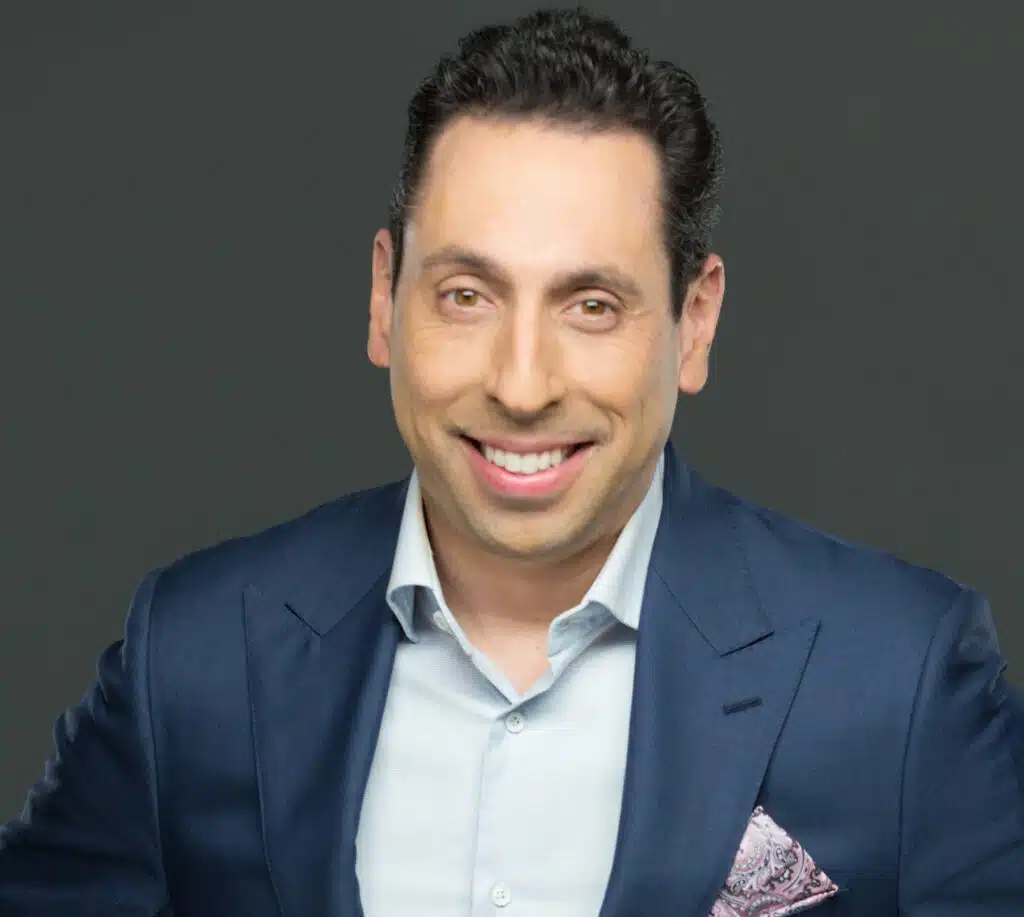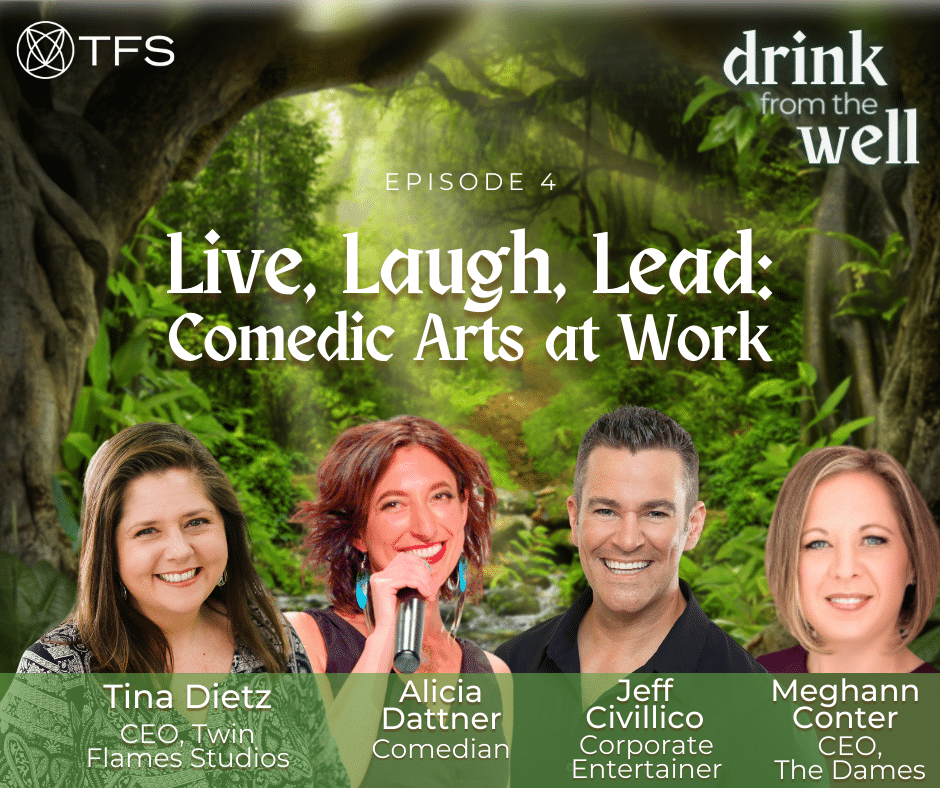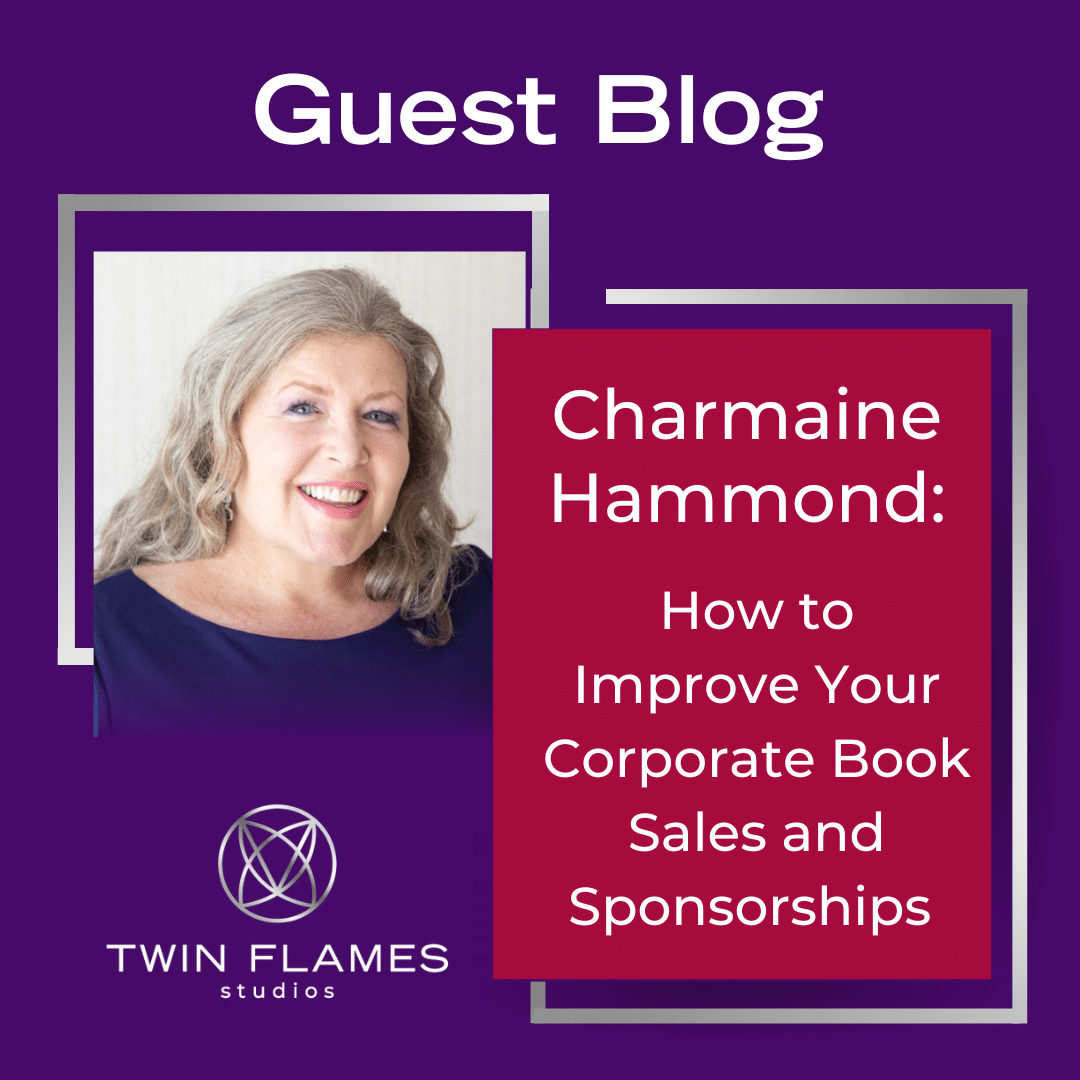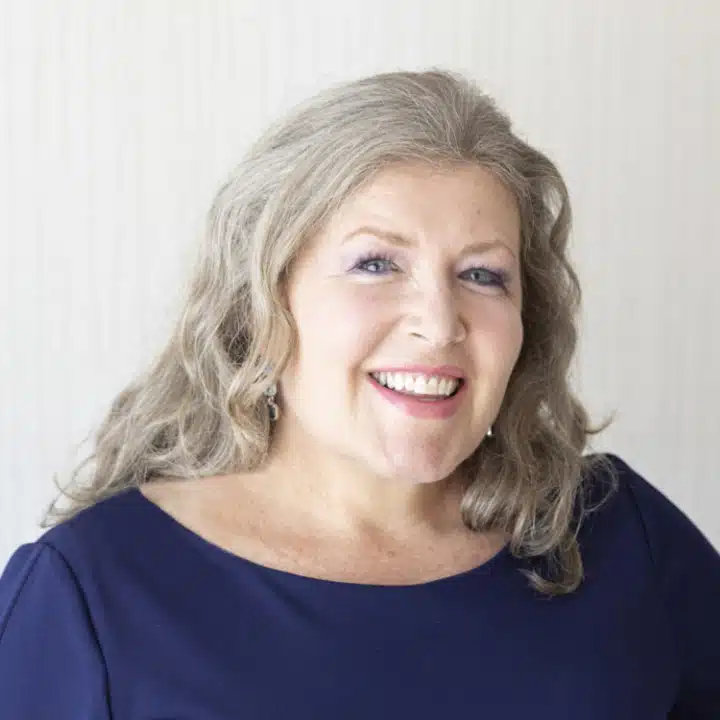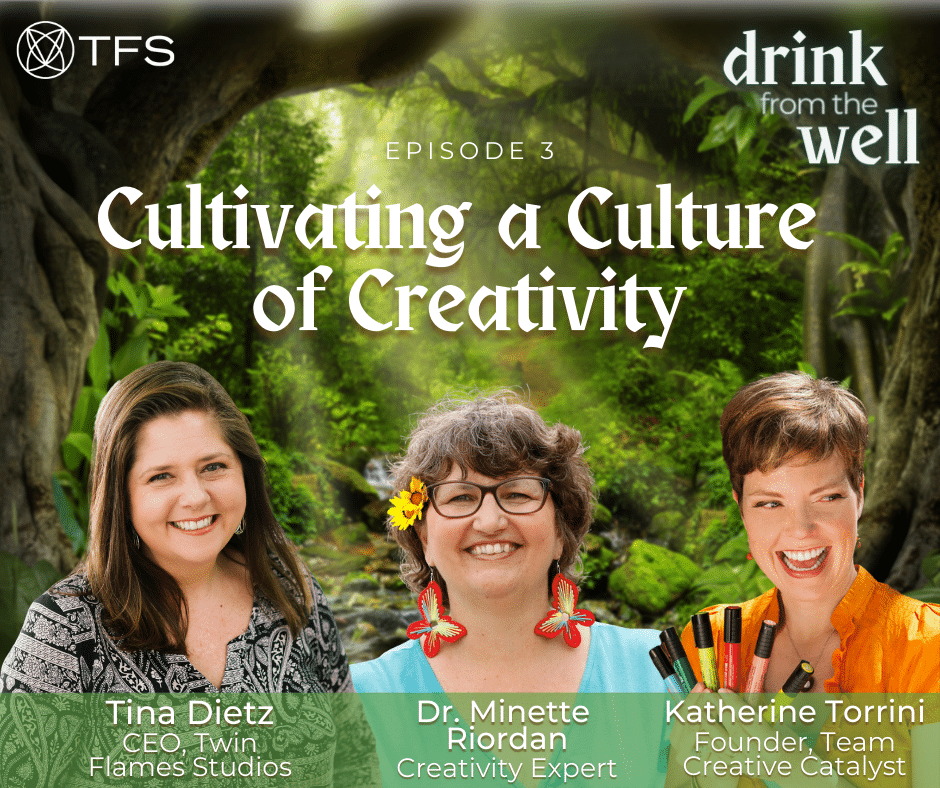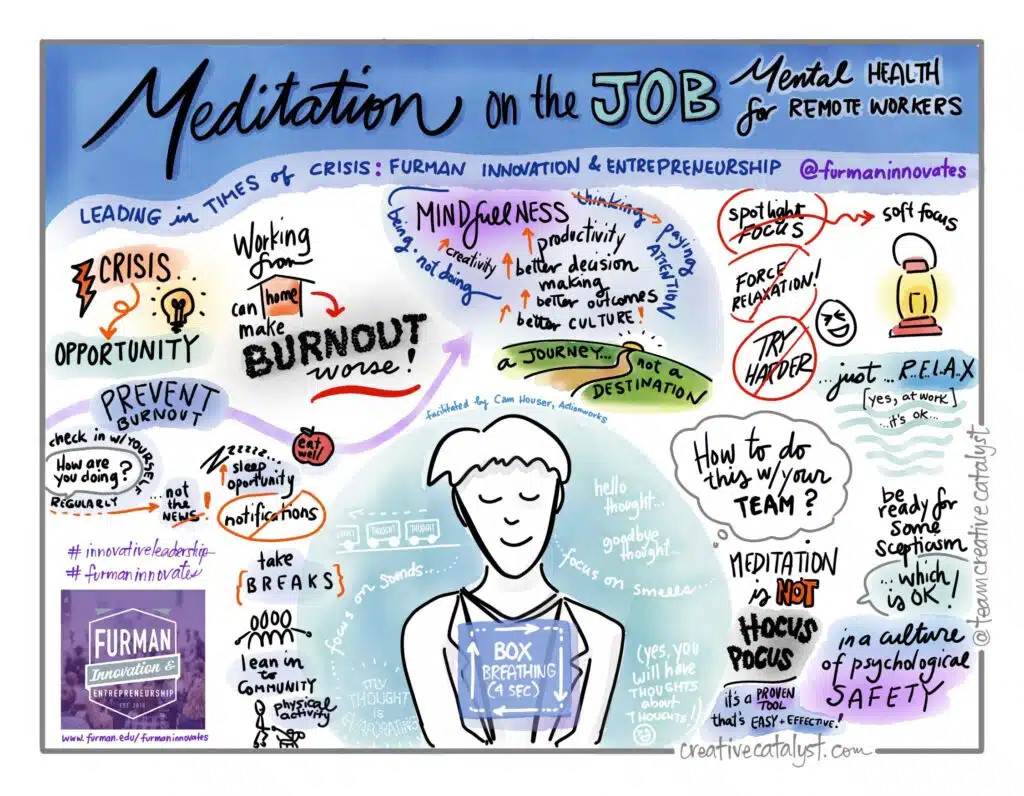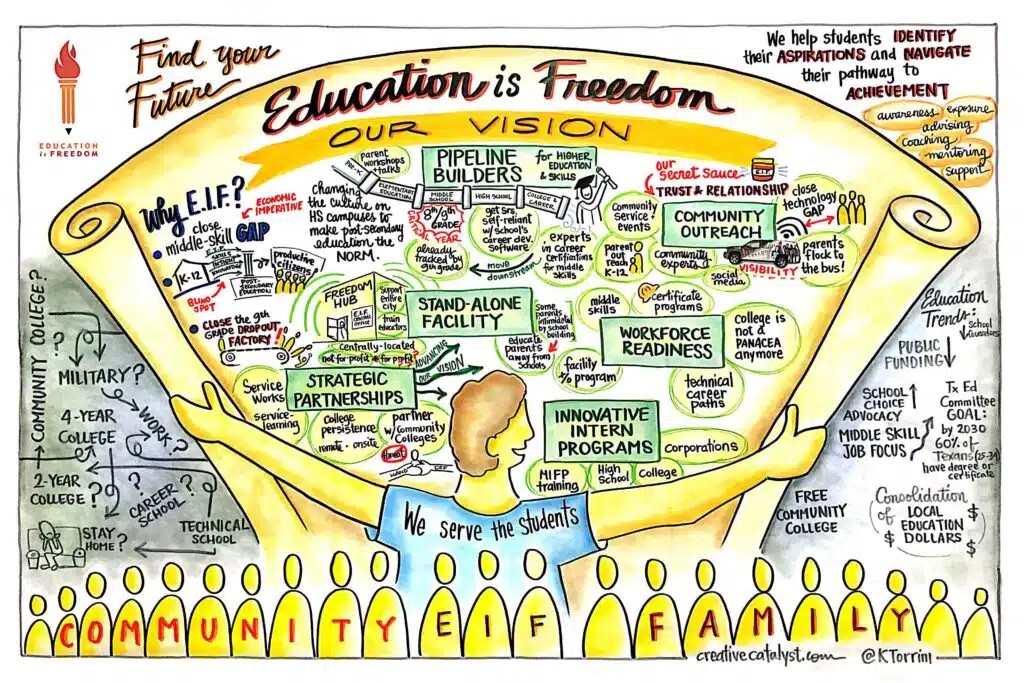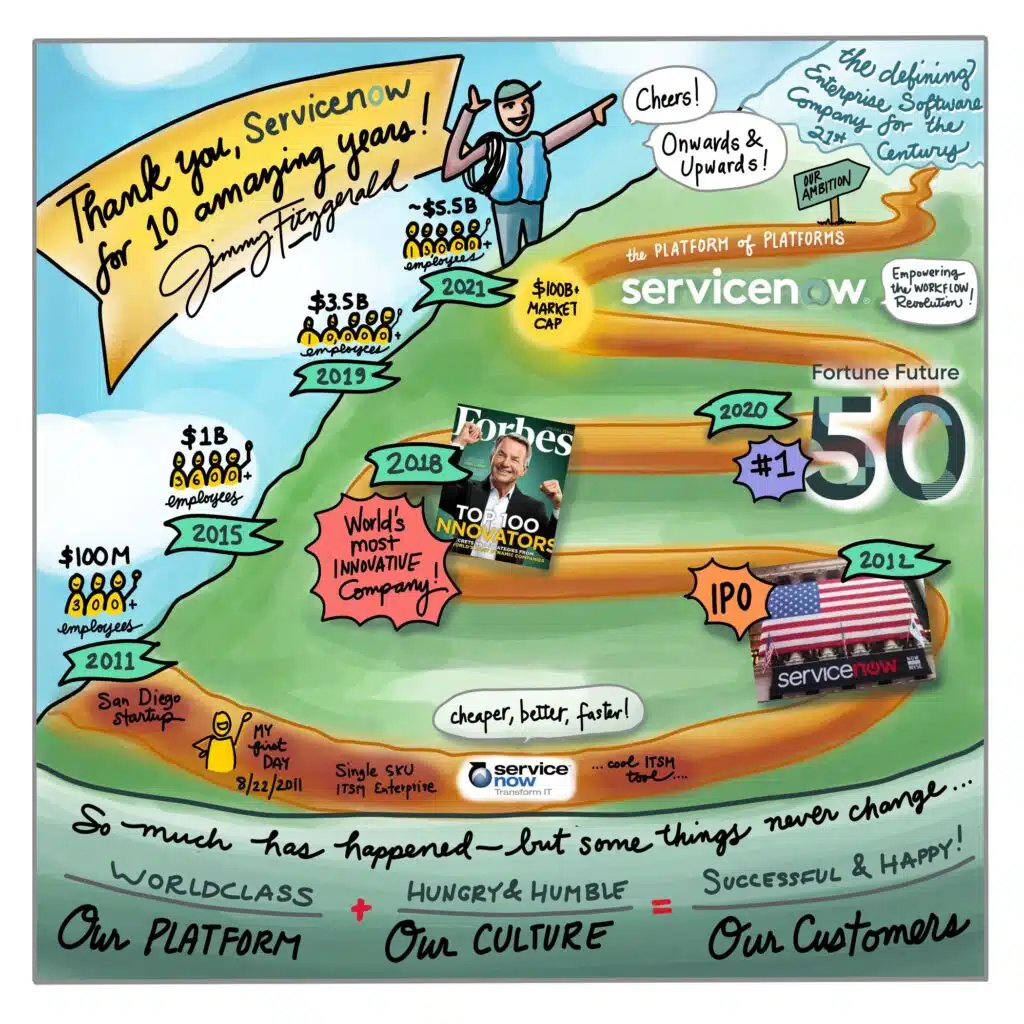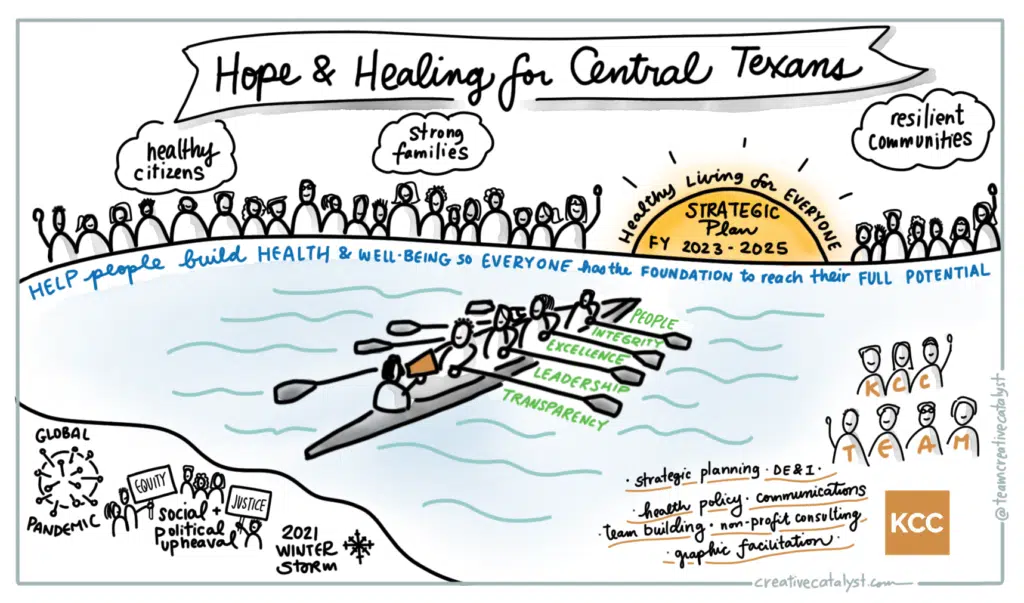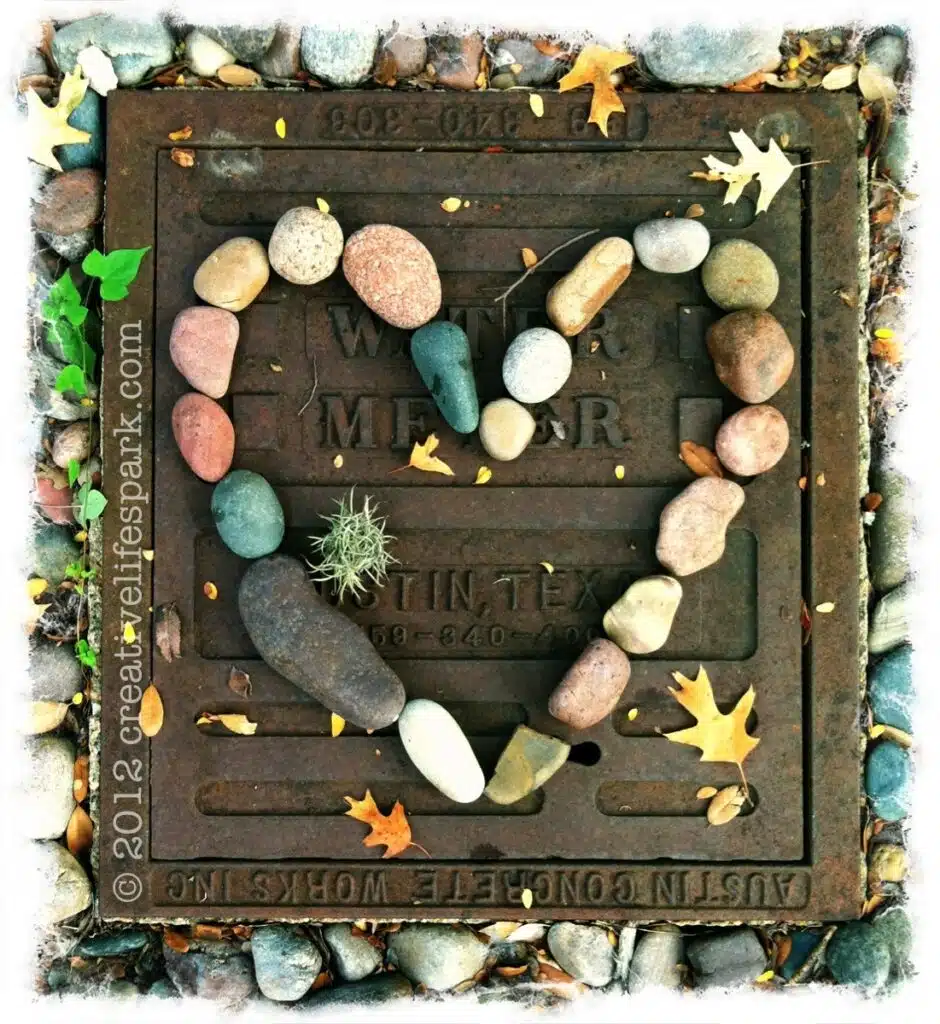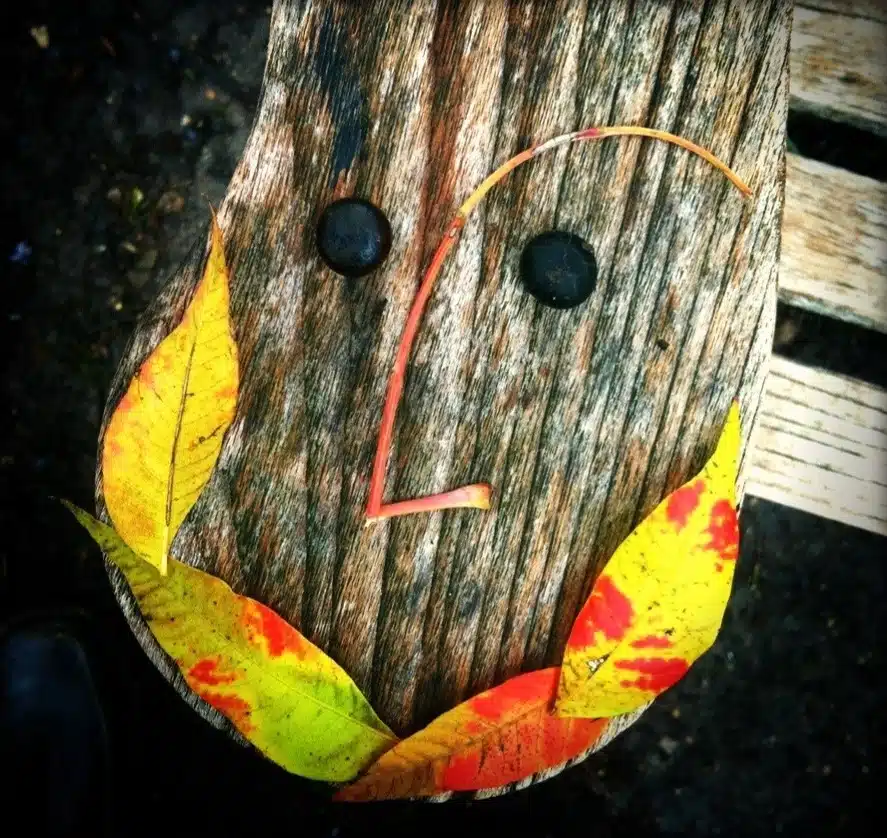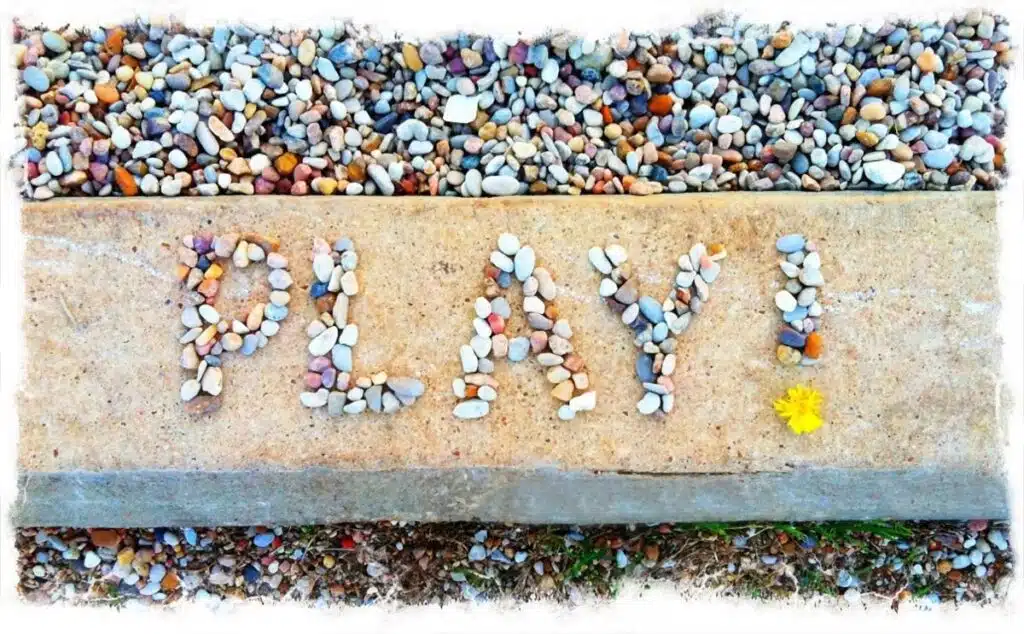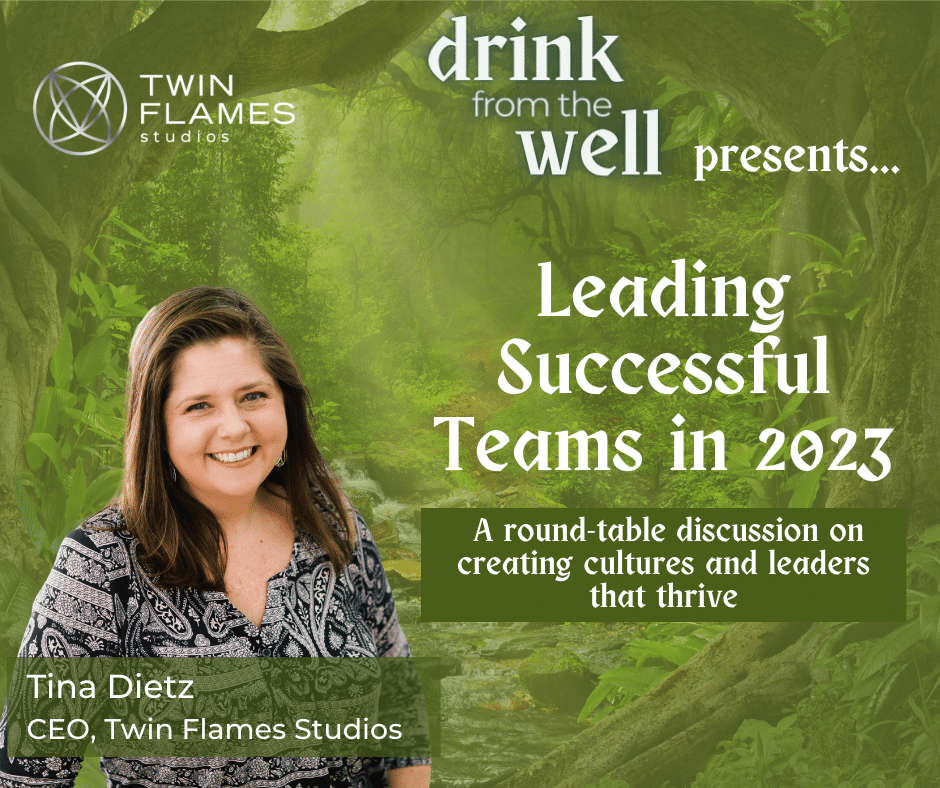Tina Dietz
Welcome to Drink From the Well. I'm Tina Dietz, and today, I'm your high priestess of humor. Humor in the workplace carries a stigma. People don't want to crack jokes at work for fear of not being taken seriously, being criticized, or being embarrassed, or even worse: being canceled. But what if I told you humor will actually help you climb farther up the ladder than you may think? A study by Jennifer Aaker, a professor at Stanford, showed that workplace humor has a positive effect on employees. Humor, in fact, fosters psychological safety, which we talked about in our earlier episode, as well as creativity, productivity, trust, and authenticity. And yet, a different Stanford study reports that adults over the age of 23 start laughing considerably less. Adults over 35 only laugh 15 times a day. Compare this to babies who laugh, on average, 400 times a day. According to a Gallup study, people tend to laugh significantly less on weekdays than on weekends, indicating workplace humor is seriously lacking in the regular five day work week. Today is an exploration of what we, as leaders, can learn from comedy to connect people, create belonging, deepen authenticity, and even change the way we teach, train, and lead our teams and create engagement. To help us along in this episode, we're using the rule of three, which is often used in comedy writing. The rule of three principles suggests that a trio of events or characters is more memorable and, well, funnier.
Clip of Alicia Dattner
So, yeah, I'm the oldest of three kids. There's me, and then mom and dad. Did you read we're basically going to run out of fish by 2050? What if I have a child one day, and they get dumped, and all I can say is, “Oh Honey, don't worry. There are plenty of… plastic bags in the sea?”
Tina Dietz
That's Alicia Dattner. Alicia is an award-winning stand-up comedian, award-winning film producer, a bestselling author, and has even led a circus on a cross country tour. In fact, Alicia has won so many comedy awards, I don't even have time to list them all here. Alicia Dattner, how you doing?
Alicia Dattner
I'm pretty good. How you doin?
Tina Dietz
I'm doing well. I'm doing well. It's good to see you.
Alicia Dattner
Hey, it's good to be seen.
Tina Dietz
How did you know becoming a comedian was the right path for you?
Alicia Dattner
I just had this fascination. I could feel this burning fire in my body, my little tiny kid body that said, “Do that. You gotta do that.” A big piece of what I do on stage is confessional. I like to name things that people are not likely to name. I want to say the thing that you feel that you don't want to say. And sometimes, I'll even say it for you, even though I don't feel it as much, but I know you need someone else to be experiencing it. And there is a way where I want to create belonging, I want you to feel connected. I want you to feel as if you're not the only one who thinks and feels something. It is beautiful when people laugh at my jokes. I feel like I belong. I feel like, not only do I belong, but I'm also a leader of belonging.
Tina Dietz
What do you think that leaders can learn about creating more belonging? What do you have to do as an example, as a comedian to create that belonging in a room?
Alicia Dattner
I have to be vulnerable. I have to share what's uncomfortable, and what's dark and difficult, and take a risk, and I have to let what's on the inside out. And it doesn't always have to be the deepest, darkest secret. It could just be something I feel a little uncomfortable with. And when I go first, then other people feel the safety. The courage of vulnerability allows everybody to be vulnerable, especially if I'm the leader. It's a different thing if I'm an employee or I'm a young person. It's like, when the person with the most status goes first and shares vulnerably, that's when everything opens up.
Tina Dietz
Oh, yeah, that's very, very true. It creates that permission, you mentioned psychological safety, which we talk a lot about here on the show. So, then it doesn't always go well when you get vulnerable, though, or when you get up and perform. What happens when you bomb, none of your jokes land? Every comedian has these kinds of situations. Tell us a story about what's happened to you, and how you handled that.
Alicia Dattner
I've bombed a lot of times. Sometimes I did okay, sometimes I killed. And I'm thinking of a time when I bombed. I went to a black club. I had gotten asked to do a set, and it was a club that not only had a stage in front, but it was a club in the round. So, you're surrounded. You're surrounded, in a way, like you're doing Shakespeare, like, “Hello, hello.” And so, I come and I do my normal set. And it is absolute crickets, like total silence, it's three, four minutes in. Nobody likes me. They start literally yelling, “You suck. Get off the stage.” They hated me.
Tina Dietz
Ow. Ow.
Alicia Dattner
And it was so painful, like, what do you do? What do you do? And I had been in acting class working on a bit where I talk from my belly. I pull up my top, and I make my belly button talk. And I was working on this bit in class, and it was very interactive, and I literally just was like, okay, pulling out the belly. And I walk out into the audience, and my belly says the things that I don't want to say. It's like the id. It's like what I want to eat, what I want to do, how I feel, and so, I start talking to people with my belly and they start totally getting into it, and we have a fantastic time. They're laughing, they're clapping. It worked. I transformed that experience. I thought, okay, I've got them. I went back on stage to try to finish my set. They were not happy again. They were like, “What? You're doing your bits now?” So, I learned.
Tina Dietz
When you find something that works, stick with it. Don't go back.
Alicia Dattner
Don't be like, “Alright, now I've got you. Let me take you where I wanted to originally.” Because I was still craving that safety of knowing what to do. But, when I stepped out into the unknown, when I met the moment, when I actually spoke to the people who were there, rather than having my list of bits that I wanted to do because they felt safe, that was what transformed. And the willingness, the courage to be vulnerable, to say what was deeper in my experience to the vulnerability of being an unknown.
Tina Dietz
And that's so interesting, because many times we step into workplace situations where we are out of our regular element like a workshop. Maybe we're doing an improv workshop, or maybe it's on some sort of assessment tool or leadership development of some kind, and people open up and there's this vulnerability, kind of like you with the belly. And there's the sense of togetherness, but then we go back to the regular workplace, and all of that goes away again. And it's business as usual, like you trying to go into your regular bits and you lose them. I think that analogy really holds true. Once you find something in this place that is vulnerable, we have to continue on in that thread and not go back to business as usual and doing it that way. That also leads me to this idea that comedy, like anything worth doing well, takes a lot of practice. And we all have off days, we all have days where we bomb — might not be on the stage — on some days, I bomb in front of my kids, sometimes I bomb in front of my team, sometimes I bomb in front of the microphone. But how do you get up and continue to perform well, even when you are on those off days?
Alicia Dattner
A lot of my work in being willing to keep practicing, to keep getting up again and again, to keep being willing to put myself in the line of fire is the acceptance of all of the different parts of me. And that includes all of the different ways that I feel each day, each week. And so, for me, it's about welcoming exactly how I feel. When I'm doing a run of a show, and I'm doing the same show night after night, after night, I feel a different way each night, and I love it, because it's always a challenge to meet how I'm feeling and how the audience is showing up. And that willingness to keep bringing and accepting everything is what allows the audience — I can come out and be in the best mood and have the best show, and in a way, I don't learn as much when the audience is just totally on. But if I come out, and I'm feeling tired, and I'm not feeling so hot, and I, instead of trying to push through it and pretend and invent the persona of Alicia that is doing so wonderfully, they're going to feel that, they're going to feel that pushing. Audiences are very perceptive. They're going to feel that I'm trying to, that in some way, I'm not telling the truth. And if I can say the same words, but instead relax into what is really here for me and allow myself to be seen, the audience is going to feel relieved, they're going to feel safe, they're going to trust me, they're going to feel less alone, because they're not always having a good day. And from that place, we start there, usually, the show gets better and better, and I feel better and better.
Tina Dietz
That's brilliant. Thank you, Alicia. This has been really, really helpful. And I love seeing the connection between belonging and vulnerability and leading from the front of the room with your whole heart and acceptance in the moment. And that does take practice, and it's not always going to go well, but you always come back.
Now, we've talked about the significance of belonging and connectedness. But how can you belong somewhere or anywhere if you don't stay true to who you are? Listen to Jeff Civillico's stance on the importance of authenticity in the workplace. Jeff spent 10 years headlining on the Las Vegas Strip, and now he performs at conferences around the world.
Clip of Jeff Civillico
You guys want to see me balance this on my chin, don't you? Yeah, I do, too. It's not gonna happen. That'd be awesome. No, you know what? This is Ace After Hours, we got to give you something to cheer for. What could possibly go wrong? And we're gonna light it on fire. Beavis over here is like, “Fire! Gah!” Okay, I think that violates the convention center safety code. But, we'll try this. Why not?
Tina Dietz
Well, just to kick it off, why don't you specifically give us the roots that you had in developing your signature style of performance? Did it start in college, did it start before?
Jeff Civillico
I was allowed to stink for years and years, and that was great. That was the best way for me to get confidence and develop my own voice and my own brand. So I could stink in the kitchen, I could stink at theme parks, I could stink doing street shows, and it wasn't like captured for all eternity and part of my digital footprint when you Google me, right?
But, yeah, it's funny, I do a lot with arts education and youth in the arts in Vegas, and I love talking to them because I don't envy them, to be honest, because they are growing up with the internet, social media, America's Got Talent, all these competition shows and all that. And I think that's a real potential problem for creative development. I think you need to stink for a while and not stink publicly, right? Like not stink on YouTube with trolls and random people commenting.
Tina Dietz
And I think what you're saying here is so important. One of my mentors said, “Sometimes you just have to suck until you suck less.” And we have to iterate. How long do you think you need to cultivate something creatively before you bring it out into the light? Do you have recommendations for leaders who are cultivating their own voice or cultivating, say, their thought leadership? It might not be comedy, but there's still that cultivation and iteration and the creative process.
Jeff Civillico
Yeah, I mean, I don't think there's any magic threshold, right? I mean, you could reference like 10,000 hours or any of the past things, “I have to do X amount of shows or have X amount of stage time.” It’s just like learning something new. You have to be good enough and established enough to feel that there's something there. I mean, it's not going to do anybody any service if you say, “I'm an amazing singer,” and you can't carry a tune at all, right? But, if you have a little bit of innate talent and an innate desire to do it and there's a seed there, then you can water it. And it is pretty grey because you're right, you do need creative feedback, you do need direction, but you need it from supportive people, family, friends who want the best for you. They're not going to sugarcoat and just lie to you, that's not going to help you either. In the singing example, say, “Oh, my gosh, you're amazing. Like, you're a natural star.” You're doing a disservice to that person. But I really do think there's a sweet spot of supporting. I think my parents did it really well, to be honest. My brothers are doctors. So, it's like I'm juggling, I'm doing magic shows, it's like, this is weird and different. But they didn't squash it at all. They did the opposite. We went to juggling conventions. We went to the Philadelphia juggling club meetings on Mondays, they bought me, for every birthday and Christmas, since I was seven to whatever, 35, I was getting —
Tina Dietz
Still giving you juggling tools.
Jeff Civillico
I was getting juggling books or magic VHS tapes. And so, they were showing that they were supportive, but they were also involved.
Tina Dietz
What do you rely on inside of yourself?
Jeff Civillico
One day you could be making nothing, and the next, you're making $15,000 a show, for example, right? It's up and down, it's not this linear, successful path. So, I think that's important for me to keep in mind. I try to work like hell, and then to hell with it. That's kind of a phrase that I often ascribed to. That was a quote that was taped up on my college dorm from my best friend and college roommate. And I think that's important. It's important because when you do a show, you got to do the best you can, and then let it go. Sometimes, it's not your fault. Sometimes, the layout of the room was stacked up against you. Sometimes, the CEO just announced that they were going to be cutting everyone's raises and firing this department right before you go on. I mean, there's a million things that are out of your control. I just did a show with the Excalibur and the NFL draft is in town, like, nobody's coming to my show. The NFL draft is in town, everyone is there for the draft, right? But the show has to go on. So, you make the most of the show you can with the 40 people who are in the 500 seat showroom and you have a good time. You can't let that reflect, that's not a reflection on me, all those things. So, I think you have to have a healthy confidence to know that you're good at what you do, that you are not the product, you are not the show. There's a separation there. It's very easy to think, “Oh, they didn't like me,” right? I'd be lying if I said I wasn't immune to that, right? It always feels better, you always feel better when you have a great show. And a lot of that is because it's like self-validation. It's like, “Oh, they liked me, they thought I was funny. I moved them. They enjoyed, they thought I had value.” But it's really tricky. Over the years, you do enough shows, you do enough events, speeches, whatever, you're going to have ones that are better, and you're gonna have ones that are, that go worse.
Tina Dietz
You're so right about the identity piece. When we over identify with any kind of work or any type of results, then we end up in that trap of thinking that who we are and what we produce are the same thing. So, that is such an important point. Any kind of last piece of advice that you would offer leaders as they're developing their authenticity and their relationships as they go from all the relationships that you've had to develop over the years about, what does it take to really be who you are with other people?
Jeff Civillico
I think humor is disarming. It's very disarming in a good way. And so, I would encourage any leader to integrate a little humor, a little self-deprecation, it's perspective shift, right? If you can look at something, like in comedy, it's called a mix — take two seemingly different things, put them together, a lot of times something funny comes out of that, right? — and that's a muscle that you can build to think of seemingly incongruous or different things and put them together. And that can be applied to the business world as well. So, I think humor offers all sorts of really great advantages. It makes you more likable. It makes you able to connect and show, pull the curtain back, so we can see the person, and you'll go through the fire for somebody that you like. That's going to foster a deeper connection with your employees, and they're going to want to do anything for you, put in those extra hours or figure out a creative way to solve a problem. They feel like they really know who you are underneath the veneer of the title, whatever that is.
Tina Dietz
But then, I've seen in some of your performances that you get people to do things on the stage in groups or alone. That takes a lot for people to want to get up on the stage and then kind of put themselves at your mercy. How do you create that kind of trust in a room so quickly?
Jeff Civillico
So, I think, again, I think trust is created by authenticity. So, I think the more real you can become and be in the moment, the more present you can be in the moment, so that even if you do have some patter, that it doesn't feel like patter, that it's coming out for the first time. And even if it is a little raw, I think that's better than being too polished as an entertainer who's bringing people up on stage and doing a lot of improv because you want them to feel like they can make mistakes and mess up and things like that. So, yeah, I think just calling it like it is, not using the big stage voice, talking directly to the audience members, looking at them individually, making eye contact, telling stories. Stories are really powerful, for sure, so, I tell stories about growing up doing what I do and poke fun a little bit at some of these situations I'm in where I'm like standing backstage holding a six foot tall giraffe unicycle talking to the CEO of AT&T business and that's kind of naturally hilarious.
Tina Dietz
That's a beautiful mental image.
Jeff Civillico
Yeah, because we've all been there, not obviously in that specific moment, but where you kind of feel ridiculous or feel like, “What the heck am I doing here?” at that moment. So, bringing those moments to light and acknowledging them, I feel like, gives permission for other audience members to let themselves go and not take themselves so seriously, and just try to relax and have some fun in the moment.
Tina Dietz
All right, thanks, Jeff, for all of your insights, and for this particularly deep dive around authenticity and the willingness to do what it takes to create a name for yourself, to create your leadership, and to persevere in the face of 18,000 different things potentially being against you. It's a really inspiring story, and I just want to remind all of our listeners that you can find clips of the work of all of our guests here today in the show notes at DrinkFromTheWellPodcast.com. Jeff, thank you again.
Jeff Civillico
Absolutely. Thanks for having me, Tina.
Tina Dietz
In part three, we have what's called in comedy, the turn. The turn is that third thing in the rule of threes that is the unexpected. Meghann Conter is the founder of The Dames, an international organization of six and seven figure women business owners and executives, who is known for bringing the principles of humor, comedy and improv to every aspect of running her company. Quite honestly, it's one of the big reasons I became a member. Meghann, I'm happy to have you here.
Meghann Conter
I'm so happy to be here with you, Tina Dietz. This is going to be so much fun.
Tina Dietz
It's so much fun. We can have coffee, we could talk. It's beautiful. How, how my darling, did you originally become interested in comedy?
Meghann Conter
I think that I have always been a performer since I was a wee one. I was the kid who would always organize all the other kids in the neighborhood to come together and make a performance for all the poor parents who had to watch all of us, and then create different improv skits and things. That's what I always did. But it wasn't really until 2018 that I got super serious about it, which I didn't get serious about it. I got unserious about it. I started taking improv classes in 2018 at a local improv school here in Denver and did the whole year in 2018 and graduated with my improvisation certification. It's a very prestigious thing that we have.
Tina Dietz
Extremely prestigious.
Meghann Conter
Extremely prestigious. But, man, did I have a blast learning how to get out of my head and into the present moment, and to just use your innovation, which a lot of times when you just let fly out of your mouth whatever is going to come, that's when all the funny stuff happens, at least for me. I'm not a stand-up comedy writer. I don't write jokes, I write skits, and I can perform those. But, it's oftentimes the improvised parts of it that come out that are the best for me.
Tina Dietz
And trusting that instinct is something that I think takes a lot of growth for leaders. So, did you always bring comedy into your business and improv?
Meghann Conter
Definitely not. In my marketing business, which I ran for the first 10 years of being in business, I always thought that business was business and comedy and play were a part of what you did on the weekend. And it wasn't part of what I did at all because I would get up and I would give presentations or I'd be hired to do a presentation somewhere, and I would give them the old drink from the fire hose. Here's all the information that you're going to need in order know what exactly you need to know about marketing, and I would read them the rights of every single thing that they would need to know and, usually, a lot of times, myself, feel really exhausted by the end because I just performed and given my all but none of it felt like it was really me.
Tina Dietz
Seven point plans and all of those things like your marketing strategy and all that good stuff. Yeah, yeah.
Meghann Conter
I thought I had to do it that way, because otherwise, how would they take me seriously as a real marketing expert if I didn't sound like an expert, which, in my head, for some reason sounded like someone who, yes, had an enthusiastic voice and kept people people entertained in that regard, not talking like Ferris Bueller's Day Off, but still, you had to present a certain air of seriousness in everything. And it almost was reactive on my part. I would react in that way of responding to anything in a very serious manner, because, yeah, what I was talking about, marketing and business, was serious stuff, Tina. It was serious. Not really.
Tina Dietz
It's the lifeblood of your business. Right?
Meghann Conter
Exactly.
Tina Dietz
Well, then what changed? What was the turn for you?
Meghann Conter
Yeah, so, taking improv was what turned for me. That was the big thing that gave me the courage to really play and see that I was capable of it, see that I was capable of having these different accents and using all these different personalities that would pop out of me and making people laugh on stage. And then, I met an amazing coach here in Denver who is a humor speaking coach and started working with him. And it took me a while to even build up my confidence to take what I was learning and put it into play on stage. We've been doing Denver Dames events here since 2015, and I always have done an education piece, which I transformed into edutainment at a certain point in about 2018 to 19, where instead of just getting up and lecturing on something related to your business, our chapter presidents are encouraged to get up and have fun with it and do a skit or insert some humor into whatever it is that they're presenting. Because what we found, and what we find, is that comedy creates intrigue, comedy has people paying attention, comedy is what people are not expecting in business. And so when they're not expecting it, they listen more, they pay attention more. And then they find that, holy cow, the principles or the concepts that are being taught through humor are actually the nuggets that you remember afterwards, as opposed to just presenting a series of facts. A lot of the time, our brain doesn't retain that information. But when you put it in an accent — I love even just delivering something simple in an accent because as soon as I do that, your brain starts to pay attention to what it is that I'm saying. And you say, “Holy cow, she just changed her accent. And now I'm hearing the words that she's saying more than when I just speak in my normal voice.” So, it was that work.
Tina Dietz
Yeah, I’m dying to know more about this. I've seen you perform, and I've seen you teach in character, which is lovely. So, what are some of the characters that you use that have gone over well?
Meghann Conter
Yeah, definitely. So, the characters that I've used are Silvia Maldonado. She is my New Jersey, Italian woman, and she is the one who can come in and really speak it like it is. She can just, “Ladies, this is how we need to do things. And there's just no questioning it, this is just how it has to be done.” And she's a very opinionated woman. She's very smart. She's very savvy. She's built a successful business on her own, and she's done it on her own terms. And then I had good old Margie. Margie is going to make her debut appearance off of the camera and in person at our upcoming seven year anniversary at The Dames.
Tina Dietz
Oh, I can't wait.
Meghann Conter
Yeah, she's closed all of her 47 multilevel marketing companies, and she's started and built a really successful six figure business as a Profit First consultant. So, she is very excited to now be an official member of the Dames and to come out and share her hot dish recipes, as well as her secrets to growing a profitable business with everyone. So, that's exciting.
Tina Dietz
We're gonna put a clip of that in here right now for everyone to hear. Give a listen.
Clip of Meghann Conter
At the bottom of the profit and loss, there's a number that's your profit, right? What's out of there comes all your payments. You gotta pay your car payment, your caddy payment, maybe the Louis Vuitton desk that you bought, whatever it is, you're gonna have payments and it comes out of there. And then you're not gonna have any money at the end. You're gonna worry about cash flow. And here's the thing: You want to sell your business? You can't sell it if you don't got profit.
Damn straight, you can't. Hell, no. They're going to turn you around and say, “Go fix your shit.”
Exactly what's going to happen.
I need to know. I need to know. What is your famous line from your TikTok video about revenue?
Here it is: Revenue is ego, profit is theory, and cash is king.
Tina Dietz
Fantastic. And if you want to see the video of that particular sketch, make sure you go to DrinkFromTheWellPodcast.com, and check out the show notes as we put in the YouTube clip of that entire sketch for you to see Meghann performing with the Dames. So, I'd love to hear some more about what other areas of your business you've brought comedy to. So, certainly in the teaching, certainly in engaging people in some of the local events. Are there other things that you always do at either events or inside of the membership with comedy?
Meghann Conter
Yes, so at all of our events, we really encourage our chapter presidents to bring comedians forth. It is the thing that we start with. We call our events the reverse mullet approach. So, it brings people in, it allows them to break down their defenses and break open their shields that they often come in with, disarms people, and it helps them really crack open to be able to then connect more authentically and be inspired by the rest of the event that we curate. I use comedy and humor in my team calls all the time. So, with our team, we always start out with a positive or a humorous focus so that we can really, even if we've had a really bad day, shift that energy right away, and get ourselves into that creative brain space. I love doing this at our team meetings that we do quarterly in person where we begin our meetings with different improv warm up exercises that I plan in advance, and we just get those going so that the creative juices flow, and we don't stop the generative, amazing ideas that are coming through. And, in fact, they come through more expansively and more flowing, and we're able to get farther as a team. So, that has really improved our team's performance at our various quarterly meetings. And then, even our weekly meetings have just gotten so much better because our focus is positive and it's creative. And that's what we find at The Dames events, that's what we find in the membership, is that when we can really truly, not only be vulnerable, because that's equally as important, but when we can insert humor and have humor when it's possible, when it's possible for us to access that, it transforms the whole energy of the event, of the entire community. It helps us show up more as ourselves.
Tina Dietz
Well, darling, let's talk turkey as the bottom line, alright? So, you've talked about changing the energy, changing the quality of ideas and team meetings, getting people more disarmed and all that. How has that actually moved the needle in how you've developed your business? Kind of a before and after, when you were more serious versus now with bringing the comedy in and humor.
Meghann Conter
Yeah, well, so when I was in my marketing business, it was an over six figures business that I operated very seriously. And I worked my butt off. I worked long hours. And as soon as I made the shift over to The Dames, was pretty much the same exact time when I started embracing humor in everything and bringing these skits to the forefront, bringing comedy. Comedy has always been part of The Dames, but bringing it very much into the paramount, like these are the columns of what The Dames is, and putting that at the forefront, our business has exploded. Now, humor is not the only reason. I am the CEO, I am a visionary, and I am so much more productive, I am so much better of a leader when I am in a good place. And what gets me in a good place is being able to get into character. We didn't talk about networking Nellie, but she has a lot of wisdom that she loves to share. And one of those things is if the CEO is not in and doing the things that really lights her up and him up the most, then the whole rest of the team and the whole rest of the company is going to fail because of that. It's not going to be nearly as fun either. So, it's really important for me to be able to be put in that space of being able to do the videos that I love to do to market the business, which attracts such amazing people. It's being able to plan the skits and practice the skits and write the skits for our in person events. It's all of that that really has helped our profit increase, helped our revenue increase and has made me a better leader because I show up in the fullness of myself. And then, it gives permission to all the others to do the same.
Tina Dietz
I thank you so much for being the leader that you are. I am not much of a joiner to anything, but when you and I met, and I saw what you were doing with The Dames, it was an absolute no brainer for me. And I have to say, as a member myself, it is a joy to participate in an environment where this lightness shines through everywhere instead of the density that can really come along with business. So, I just want to let you know how much I appreciate it on a personal level, as well as you sharing your wisdom in this episode today.
Meghann Conter
Thank you. Thank you, Tina.
Tina Dietz
Today we've explored belonging, resilience, and authenticity through humor. But remember, this is only brushing the surface of humor's effect on leadership. Let's change those statistics about adults laughing less, especially during the workweek. If you've got ideas about bringing more humor into your working world, or you're already doing this successfully, come share your stories with us at DrinkFromTheWellPodcast.com. We may feature you in our social media or in a future episode. Please share this episode with another leader and follow us on your favorite podcast app. Then journey over to DrinkFromTheWellPodcast.com for transcripts, show notes, and all the wisdom in today’s episode. We’re always here to refresh, inspire, and entertain you anytime you need a Drink From The Well. Drink From The Well is an original production of Twin Flames Studios and our magical team, including Alayna Carley, Darek Blackburn, Nadia Cox, Stephen George, and me, Tina Dietz.
